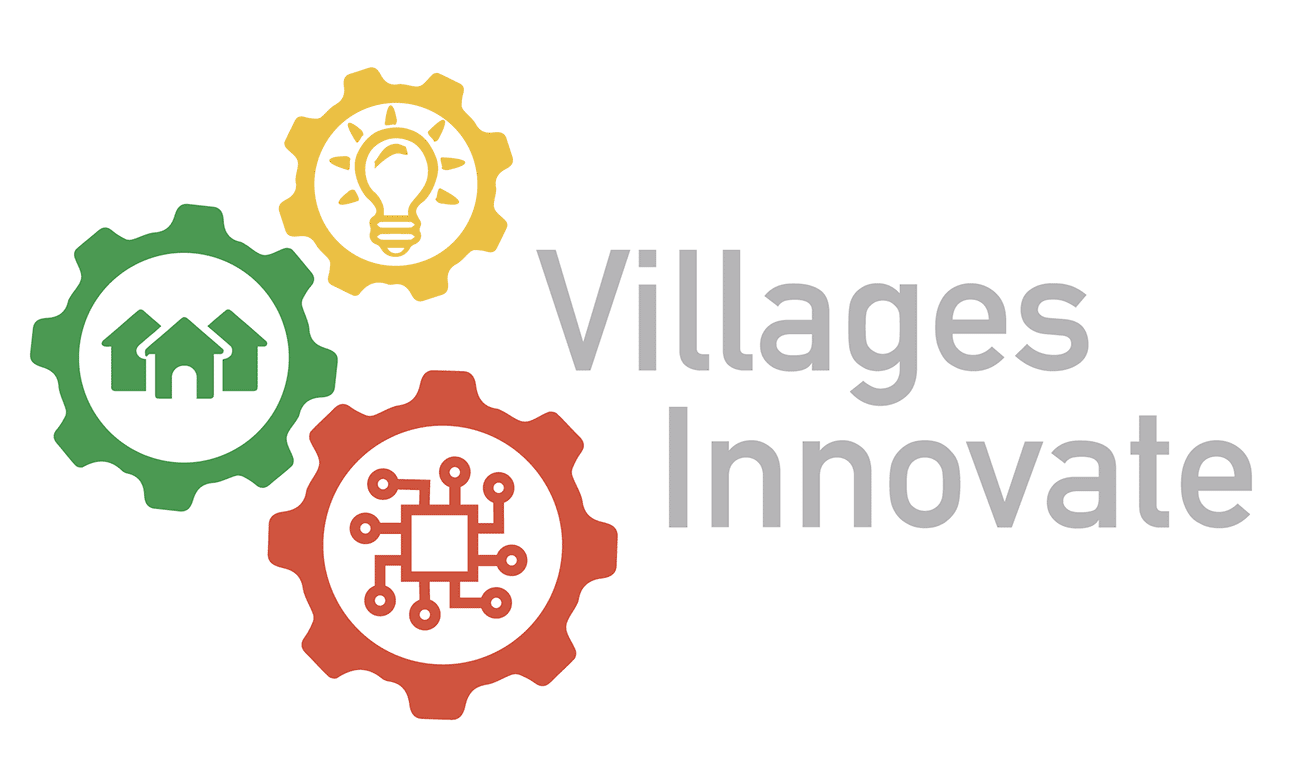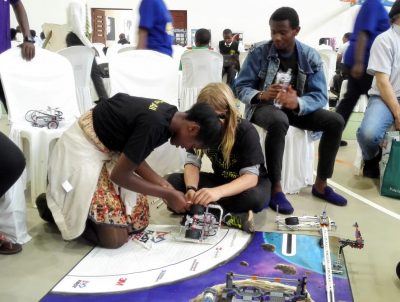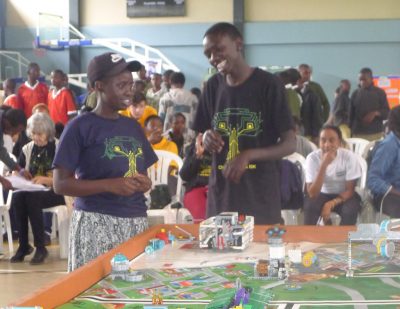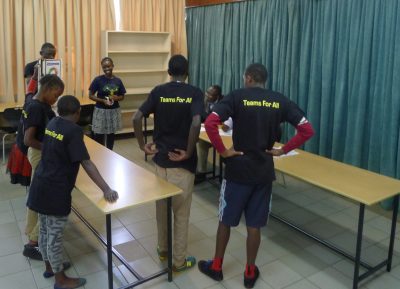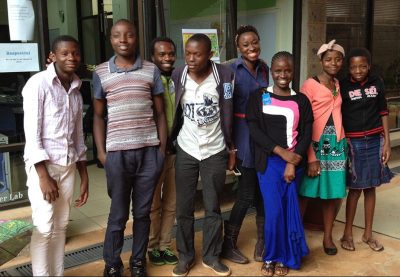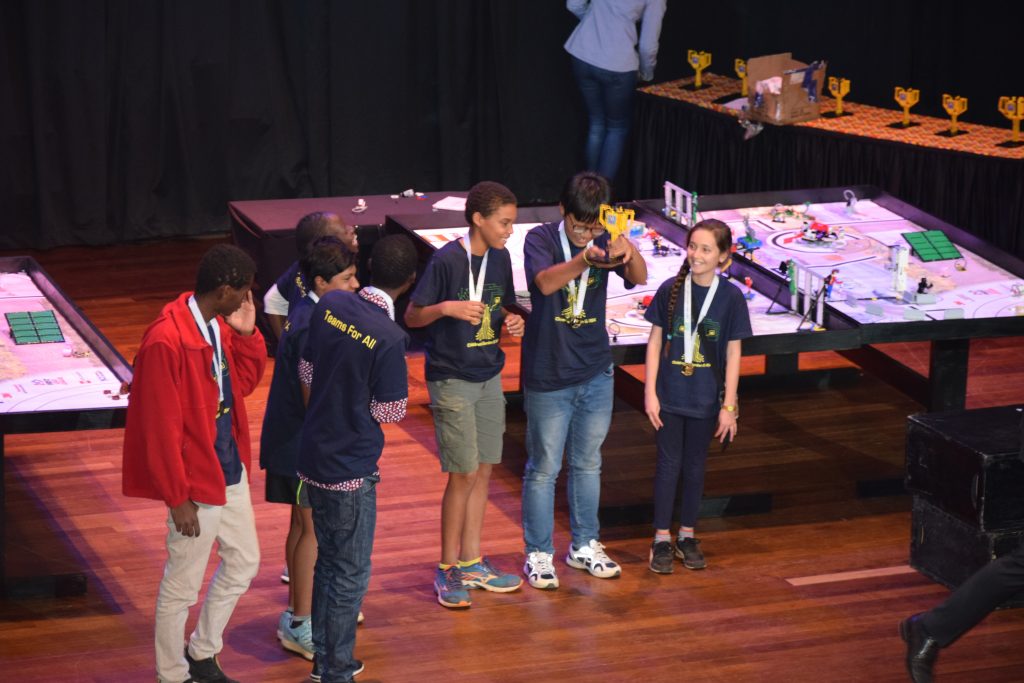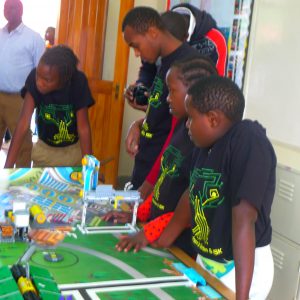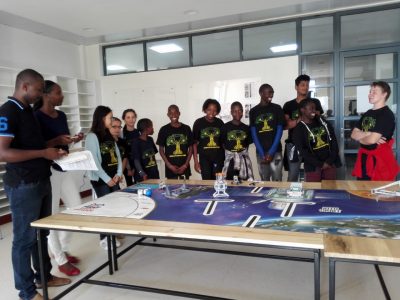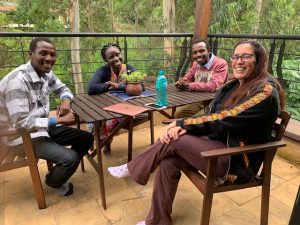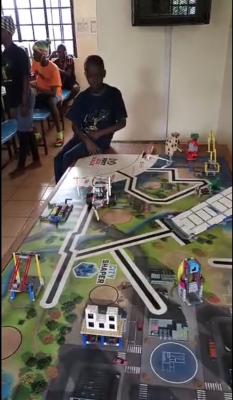Robotics Challenge ISK/CG Team Partnership Journey (2013-2019)
- Our journey into partnership between the International School of Kenya students and the Children’s Garden Home and School Students has been amazing.
- We have been guided by a keen sense of what might be possible, eventhough we could not see it, yet.
- Students were driven by passion.
- We found that this model is sustainable and replicable.
Our Goals
- Find ways to learn technology as a joint adventure in getting to know each other across economic and cultural divides.
- Build relationships, begin to understand and know each other.
- Get to see each person’s superpowers and use in a team.
- Have fun together.
- Be open to all possibilities and opportunities.
2013-2016: The Incubation and Exploration Years
- A connection was made through the Global Issues Service Summit at ISK in 2012.
- Through the seeds of conversations about some hopes of students from Children’s Garden Home and School to learn technology, some ideas germinated.
- Time was made for students to learn basics before collaborating with ISK students.
- Robotics and coding became the vehicles for creating relationships and learning from each other.
- The Program became a joint after-school collaborative journey.
2016-2017: Venturing out to Collaborate with other Schools
- Lego was now a form of building relationships and learning together between our two schools.
- We worked in teams that were balanced between school, age, and gender.
- Challenges were set as former participants became the coaches for new team members.
- Worked with Christine Ach to help start the East Africa FIRST Lego League.
- Loved the feeling of success in meeting student teams from other schools.
Notable Growth This Year
- Participated in the first Annual East Africa event with two teams composed of students from both ISK and CGH.
- People became interested in the model of having two schools in each team.
2017-2018: Student Leaders Routinely Guide Program and Students
- The Hydrodynamics FIRST Lego League mat became the learning platform.
- Student Leaders began formulating ways to guide and nurture students.
- Students from both schools freely shared engineering and coding expertise and valued all contributions.
- Students used the Design Cycle to create a water-related project important in Kenya.
- Invited a Rift Valley School to collaborate on techniques for building and coding.
Notable Growth This Year:
-
Student leadership became established
-
The Project is now Co-Generational, with Advisory Council Establishes
- Sharing ideas and becoming friends with a competing team became a routine.
Kim Chromicz in a planning session with Advisory board members Stanley, Sharon, and Oliver Jack
2018-2019: Student Led Partnership Becomes Established
- Student Leaders meet to create routines for training new student coaches, and participate with adults in coach trainings.
- Leaders prepare to become referees for the competitions.
- Students create a website for resources to study space, especially pertinent because of the Mars landing.
- Inviting competing teams to share ideas and techniques throughout the season becomes the gold standard of this model.
Notable Growth This Year:
-
An advisory council is fully functioning for Villages Innovate
- Core Values are discussed across generations
2019- March 2020: How a Pandemic Launched Us to a New Level!
- The new Lego season, City Shaper, set students thinking about how they could improve city living with technology.
- A project idea included how to use a biomass digester to create biogas as a solution instead of burning wood.
- Then…..face to face learning stopped by the Pandemic, and we realized that the annual games would not be able to be held.
Notable Growth this Year
![]()
Kadyamadare/Harare International School iLife project (2008-2009)
PREV
![]()
CGH STEAM Lab Creation and Celebration of Success 2020-21
NEXT
